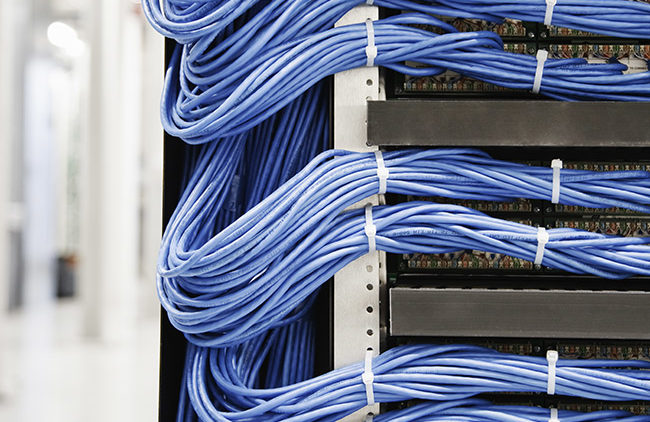Comparing the Cats From 5 to 8 – Part 2
Part 2 will discuss Cat7, Cat8, and Factors to Consider When Selecting Ethernet Cabling.
Cat7
Due to a higher category, many assume that Cat7 is a step up from Cat6a. However, Cat7 is not an official IEEE cabling standard. It does not utilize the standard RJ45 connector but a proprietary design. Due to the lack of standardization, Cat7 cables may vary depending on the manufacturer. If your organization is seeking a speedier option to Cat6a, the better choice is Cat8.
Cat8
The standard successor to Cat6a, Cat8, has received official recognition from both EIA and IEEE. Thus, its components have been standardized for each manufacturer.
Cat8’s chief benefit for users is its faster throughput over short distances. It is capable of data transmissions of 40 Gbps for up to 78 feet and 25 Gbps for up to 100 feet. For distances of 100 to 328 feet, Cat8 provides 10Gbps throughput like Cat6a.
As distance limitations constrain it, Cat8’s best use cases involve data centers, where they connect network components. In contrast, using Cat8 for an office or facility build-out would not be cost-effective because its performance over longer distances would be the same as the less costly Cat6a.
Factors to Consider When Selecting Ethernet Cabling
The primary factors to consider when selecting Ethernet cabling are distance, environment, function, and speed. Each has different capabilities, so the use case will determine choosing Cat5e, Cat6, Cat6a, or Cat8. An experienced cabling professional will be able to give you sound advice.
Typically, Cat6 is considered to be the standard for office use, including startups. Cat6a can support 10 Gigabit Ethernet over longer distances if superior performance is required. In comparison, Cat8 can support 45 Gigabit Ethernet over suitable shorter distances inside a data center. The most inexpensive, Cat5e, will work fine for functions that do not require high bandwidth, like an old phone or fax lines. However, the decreasing price of the Cat6 cable may not make the savings of Cat5e worth its lowest performance among the threads discussed.
To sum it up, Cat6 and Cat6a are suitable for almost every business size. However, Cat8 will be the ideal choice for data centers.
Progressive Office Cabling
Founded in 1986, Progressive Office’s success has resulted directly from years of commitment to seeking cost-effective solutions. Progressive teams are committed to installing and operating your data cabling, access control, and telecom systems while minimizing disruption and downtime. Call our toll-free number (800) 614-4560 today.

